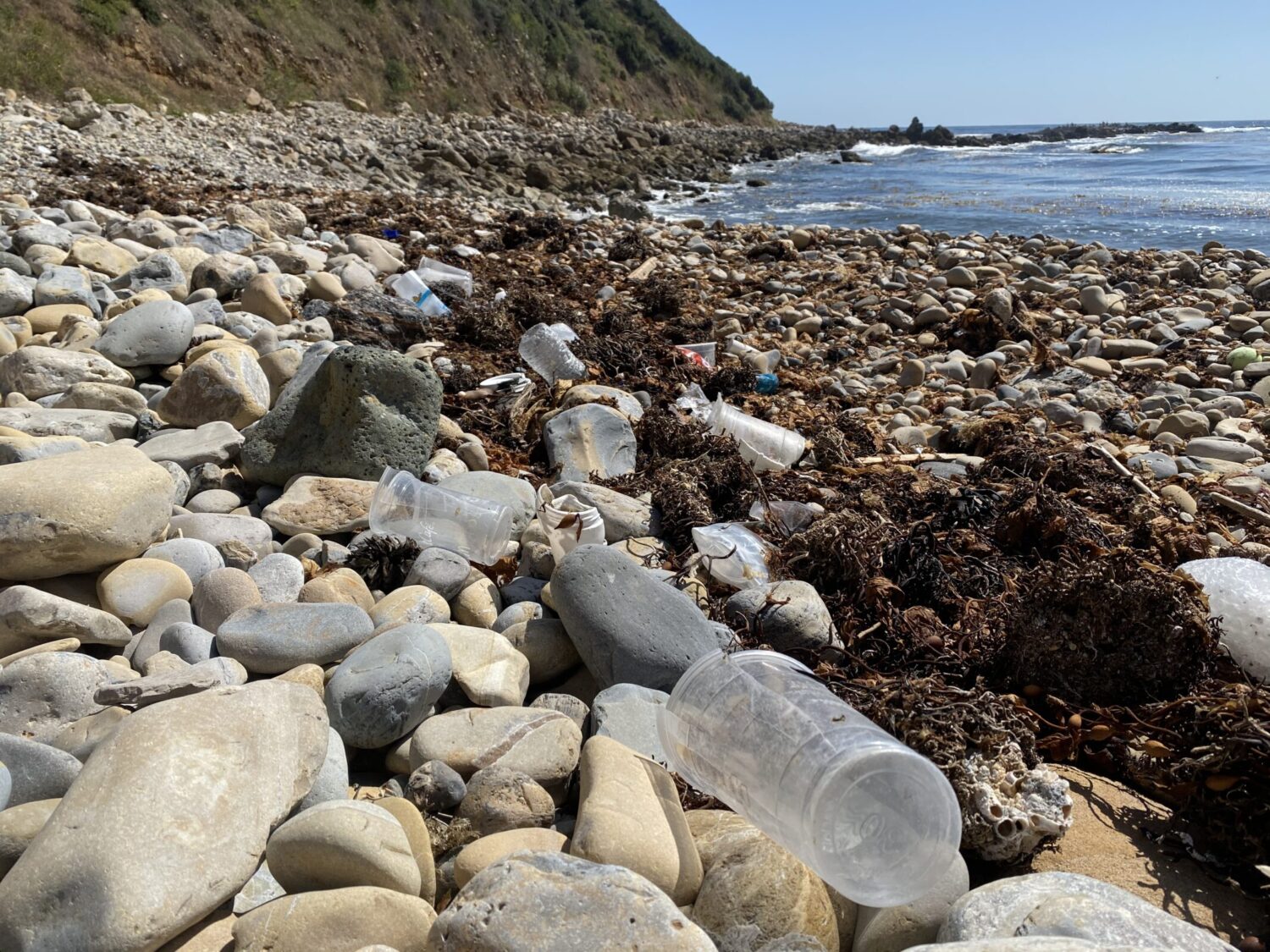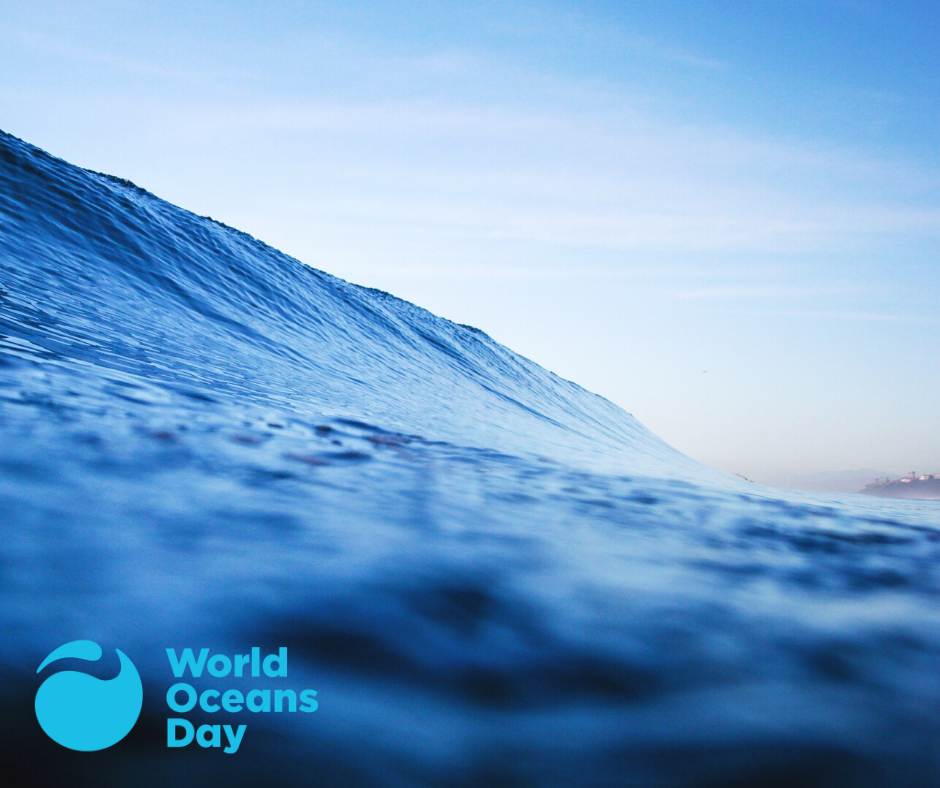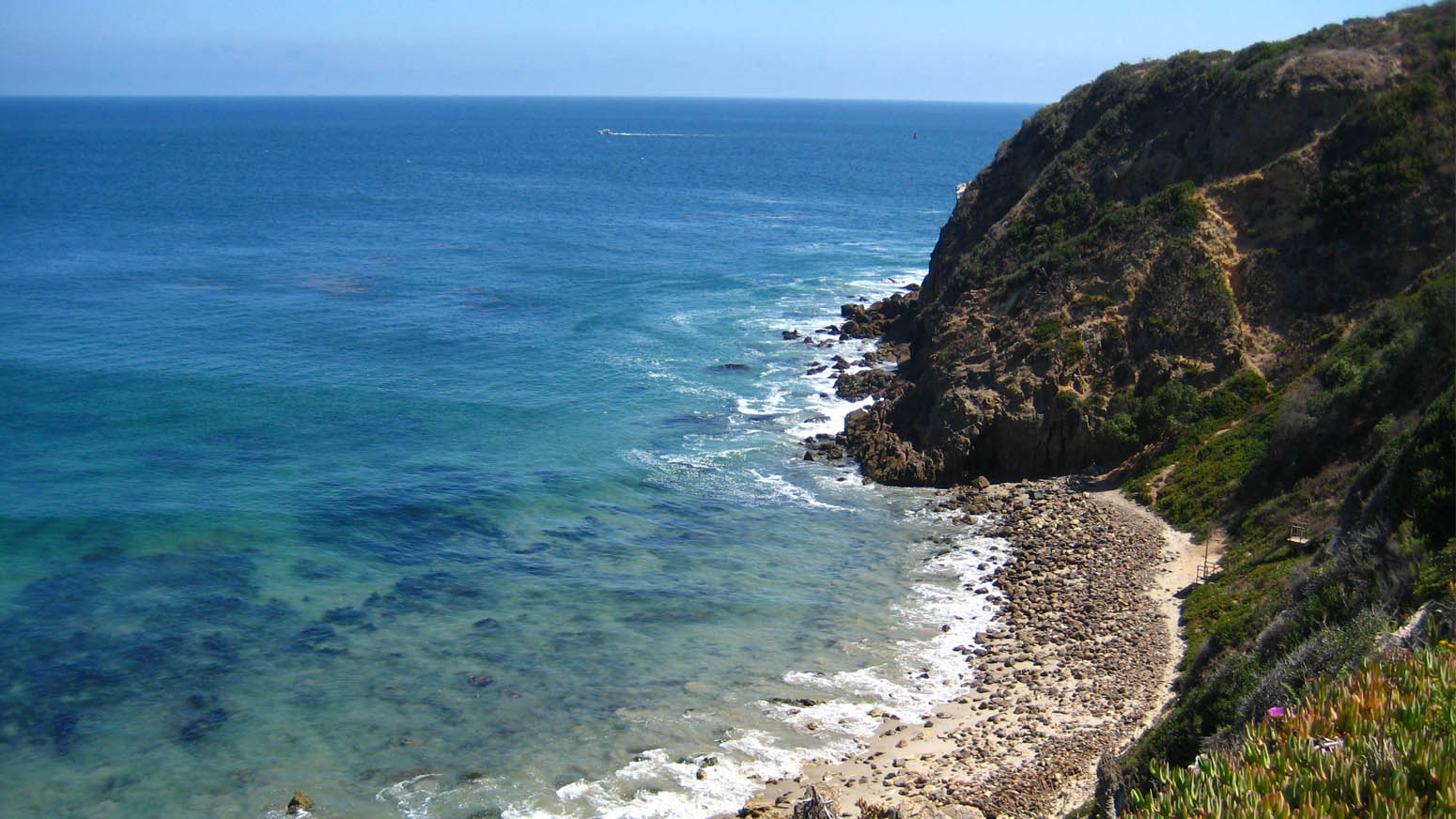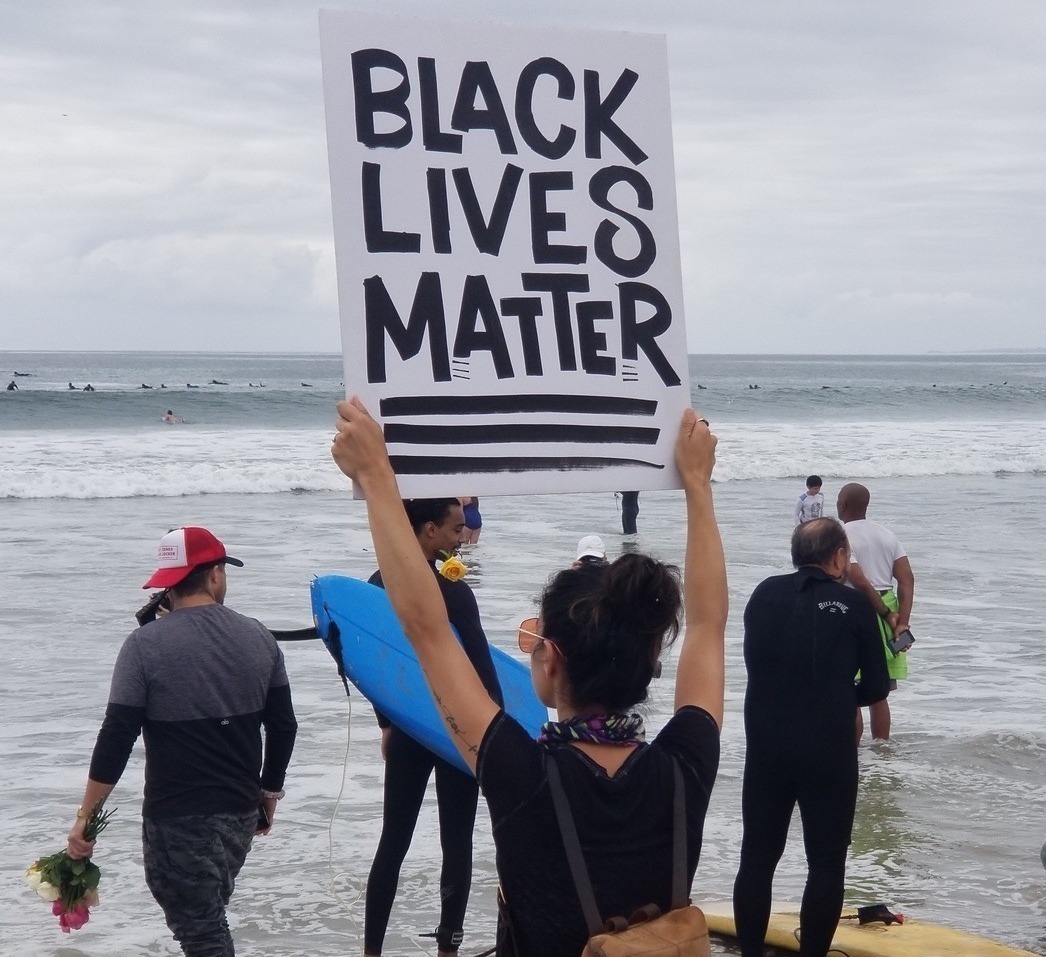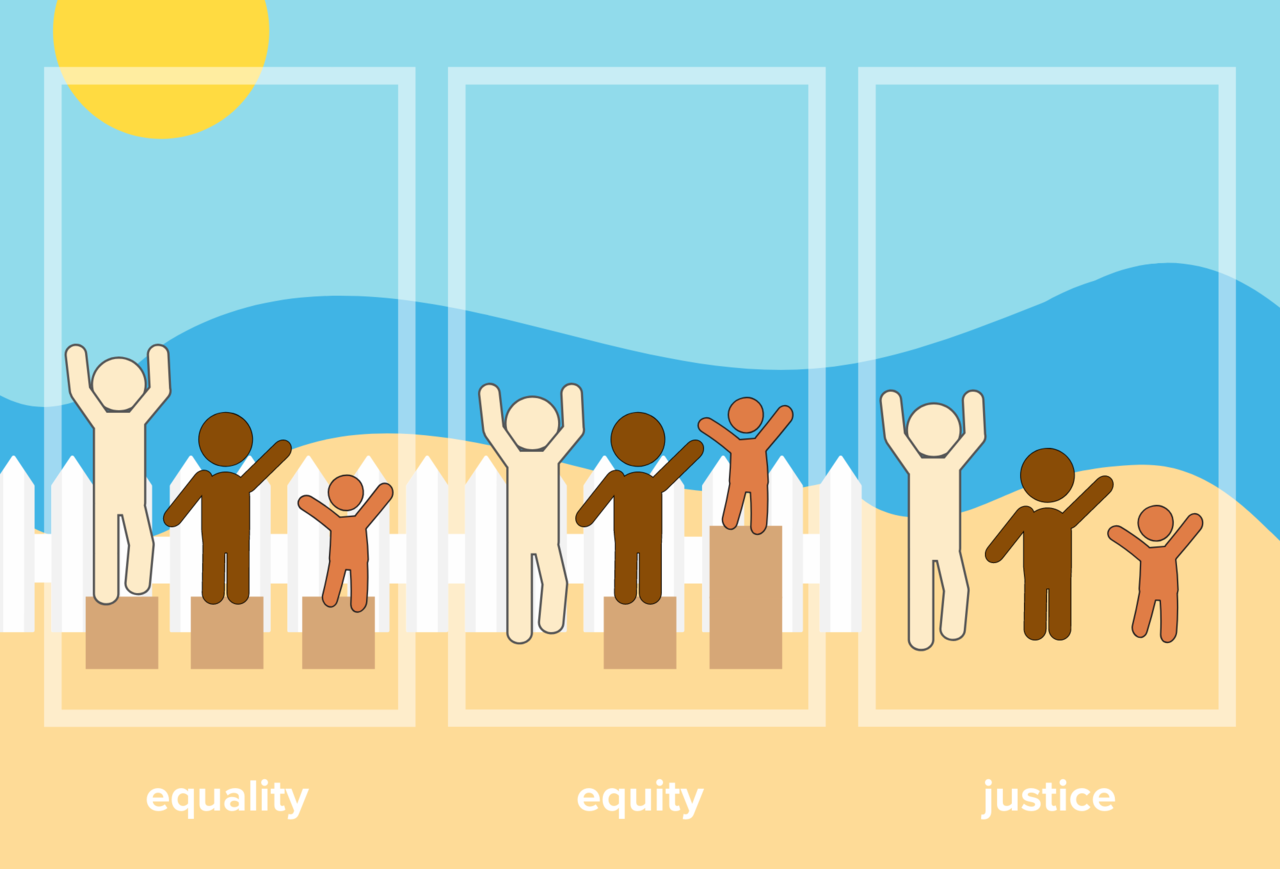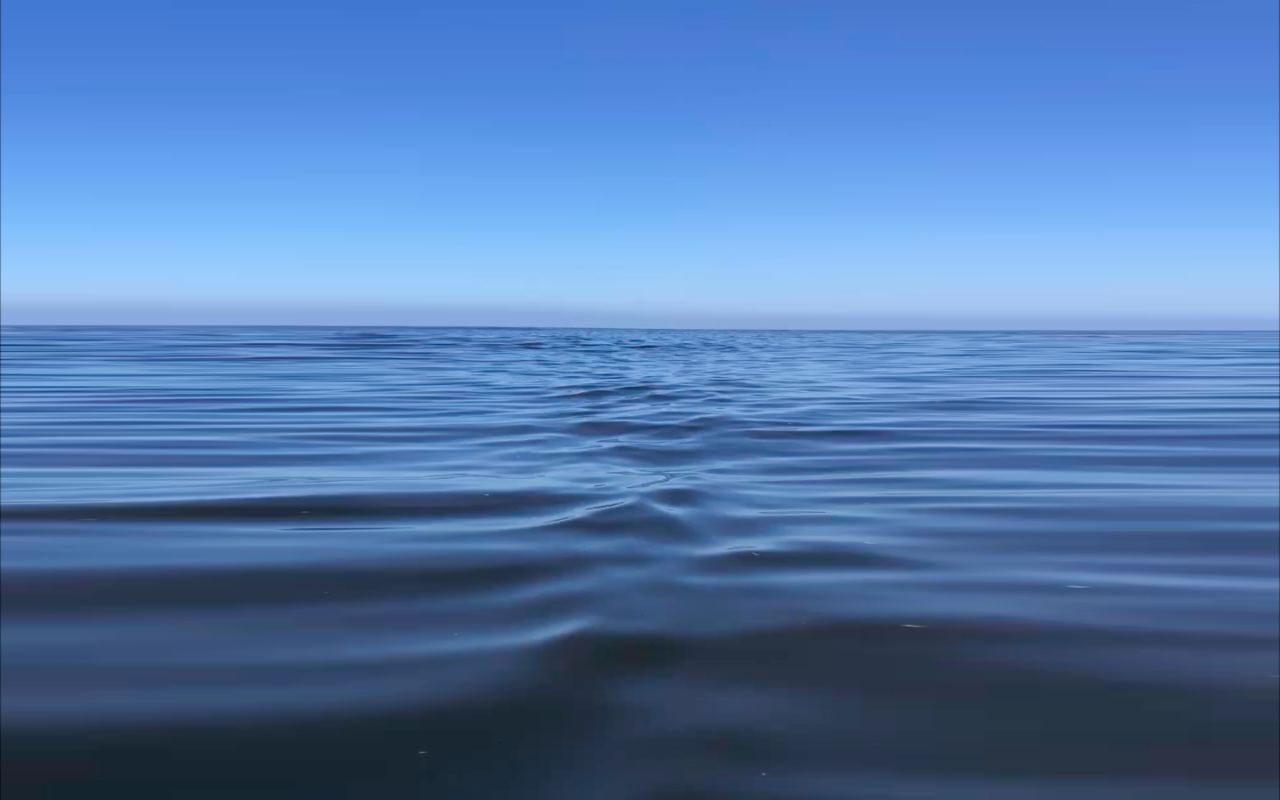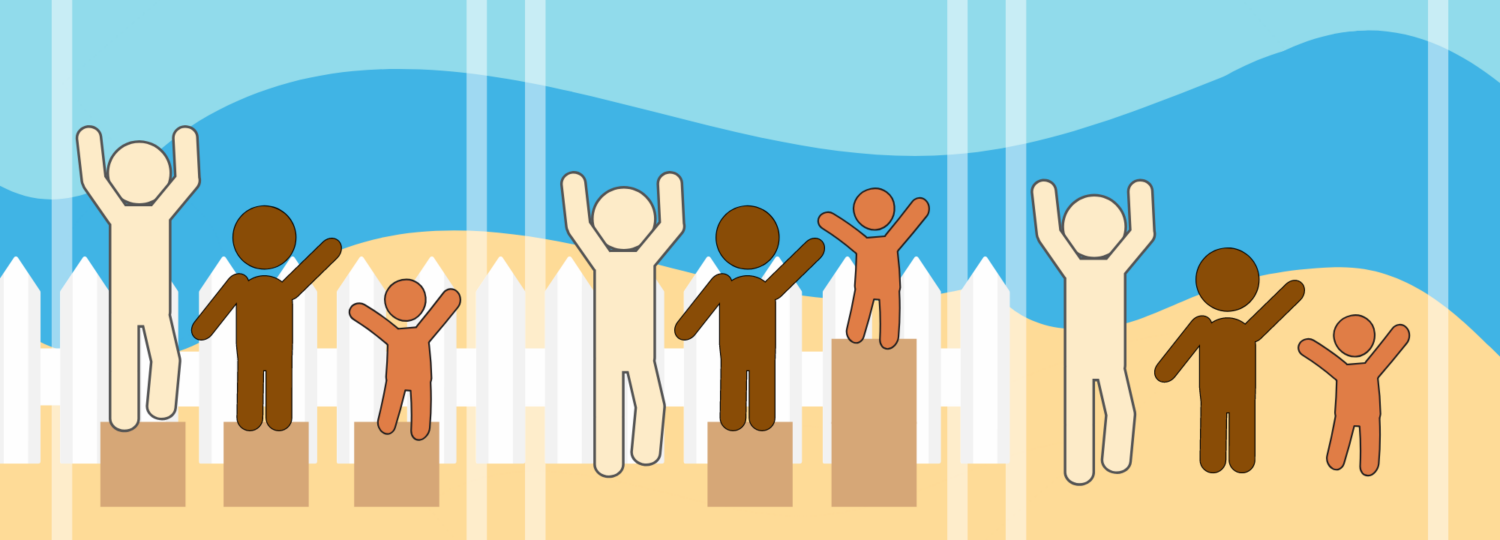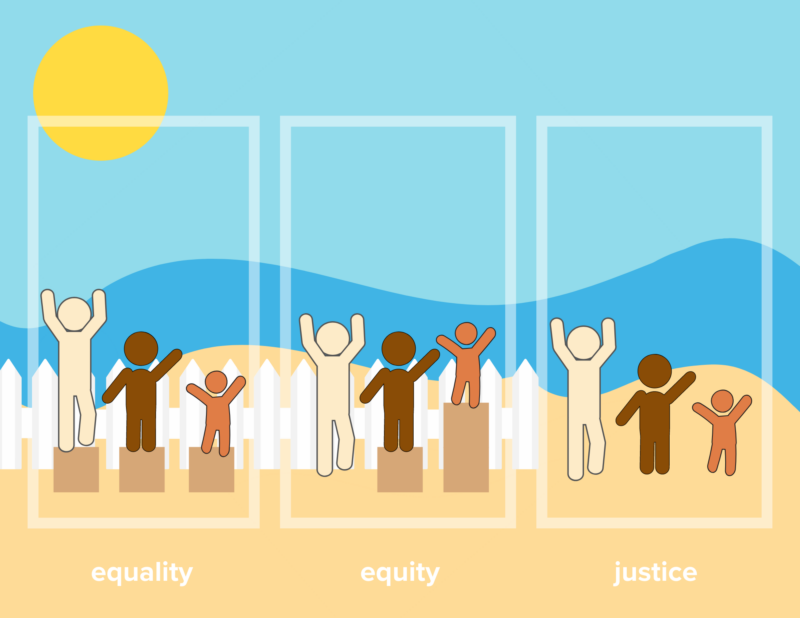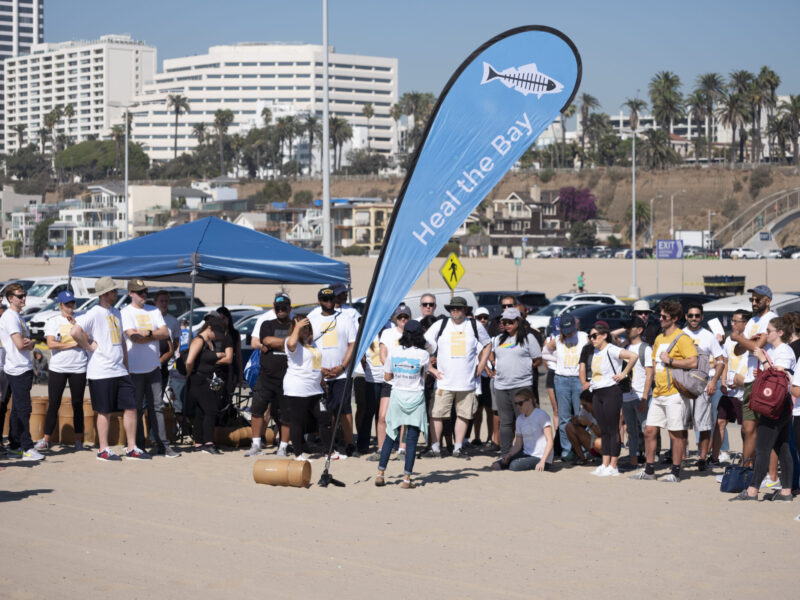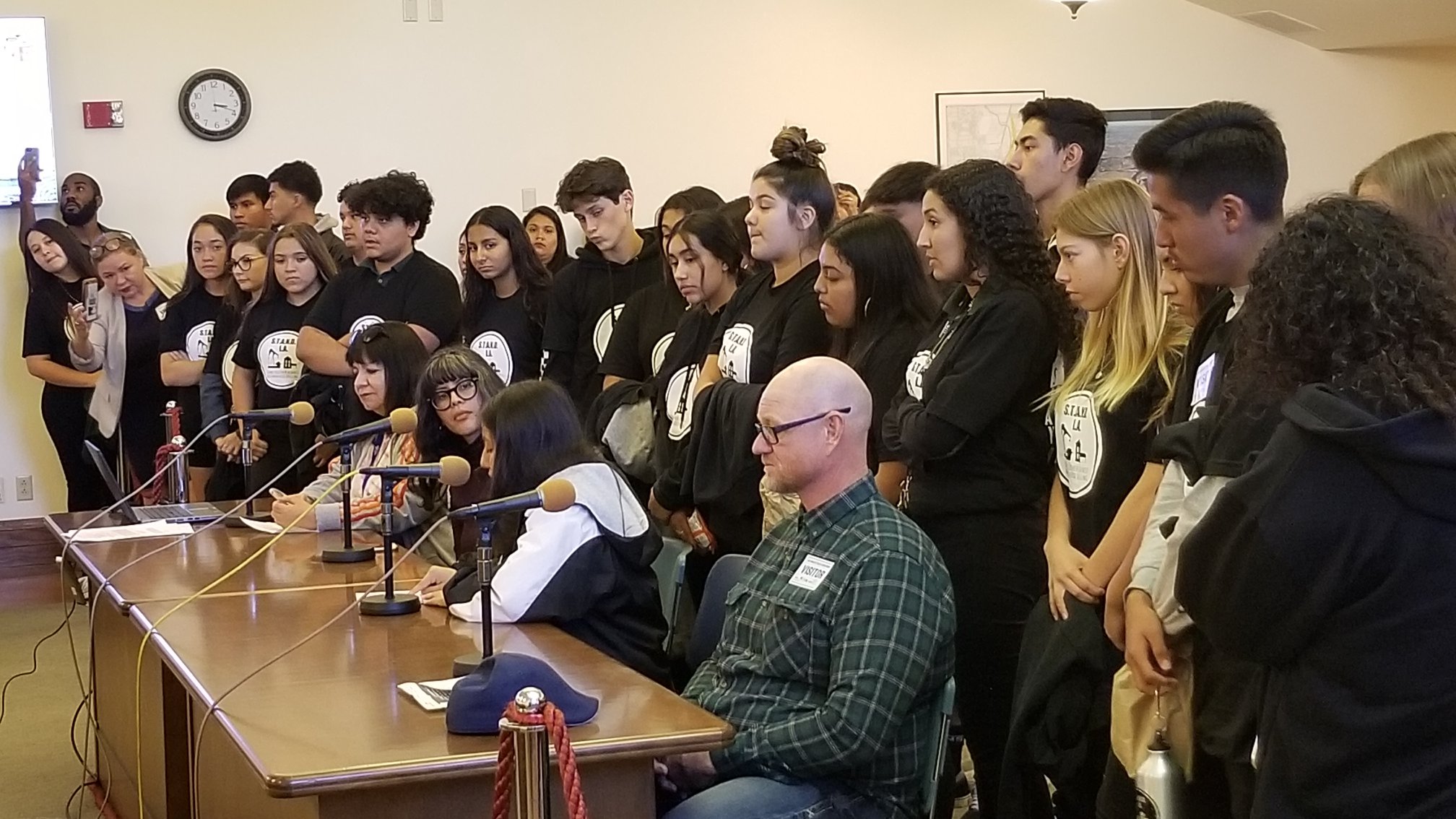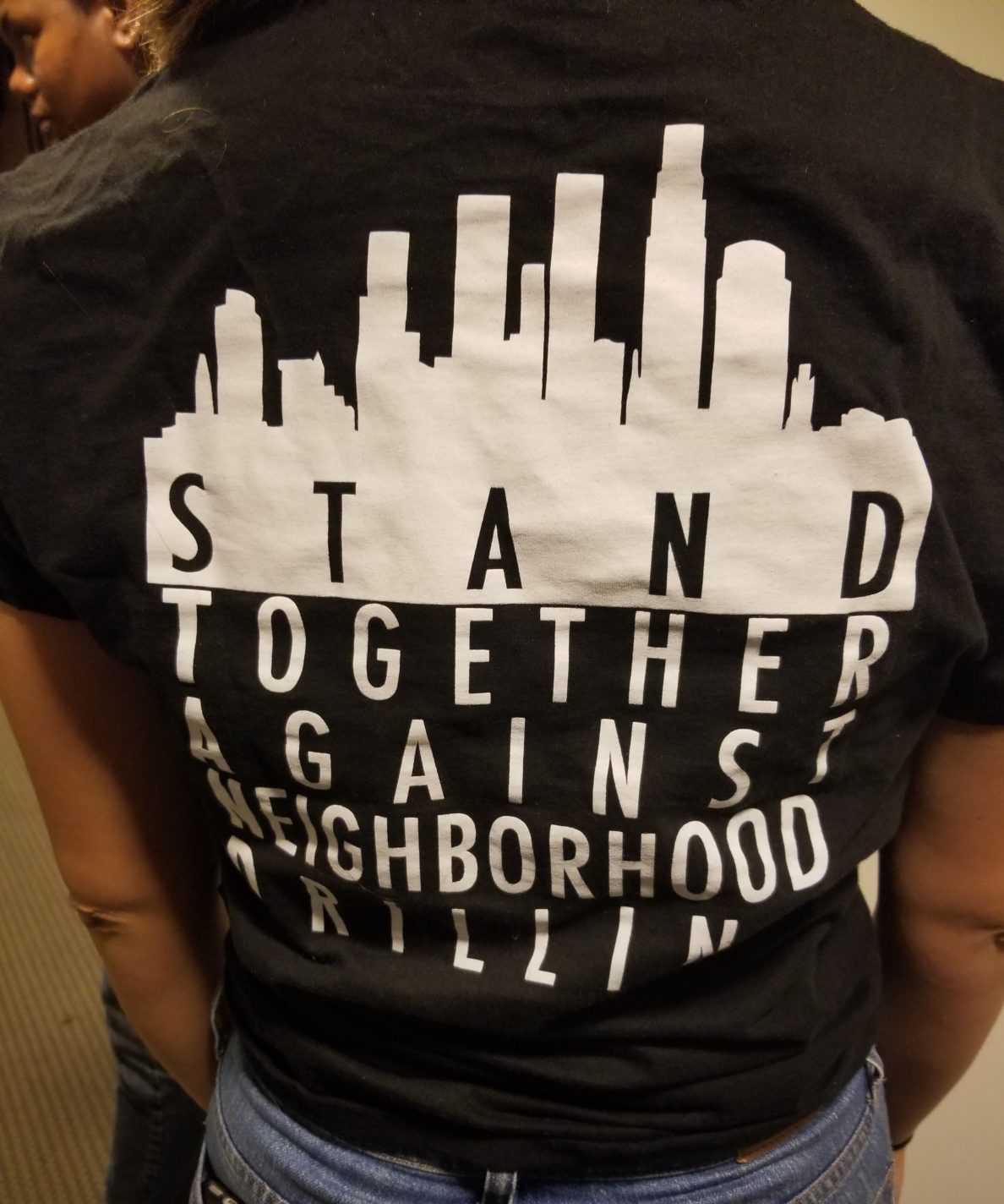California is on the cusp of passing a transformative bill to reduce plastic pollution, and we need your help to get there.
Last year, California State Senators and Assemblymembers came together and introduced a pair of identical bills to address plastic pollution. Known as the California Circular Economy and Plastic Pollution Reduction Act, Senate Bill 54 (SB 54) and Assembly Bill 1080 (AB 1080) are now again poised to become transformative legislation in the global fight against plastic pollution.
California is in the midst of a waste crisis. With waste haulers no longer able to export recyclables to countries like China and India for disposal, our plastic trash is piling up, yet our throw-away lifestyle continues to grow. If we continue on with business as usual, we can expect to see a 40% increase in plastic production over the next decade, and more plastic than fish in our oceans by 2050.
Plastic pollution isn’t contained to the coastline. Plastic products are made from fossil fuels, and they contribute to air pollution throughout their entire lifecycle, from extraction to refining, manufacturing to disposal. This pollution disproportionately impacts low-income communities and communities of color. This pollution can lead to health impacts such as asthma, respiratory illness, headaches, fatigue, nosebleeds, and even cancer and makes members of these communities more susceptible to COVID-19. The COVID-19 pandemic has also caused an increase in the use of disposable plastics, as industries revert back to harmful disposable products over reusables.
The time for drastic action is now, and SB 54 and AB 1080 can get us there.
Heal the Bay has been closely tracking and supporting this legislation since it was introduced more than a year and a half ago. At its core, the bills function similarly to the greenhouse gas emissions limit bill of 2006 (SB 32) by setting a reduction target for single-use plastic packaging and products of 75% by 2032. Check out our FAQ for the full break down of the legislative language.
If SB 54 and AB 1080 pass, California will be at the forefront of the global fight against plastic pollution and Heal the Bay has been working tirelessly alongside our partners to make that happen. But, now we need your help. The bills will be voted on by September 13 (we don’t know the exact date) and if they pass, they go on to the Governor and need to be signed by him before October 13.
Make Your Voice Heard
Our Senators and Assemblymembers need to hear from YOU now.
Please call your representative and tell them you support SB 54 and AB 1080. A call takes two minutes or less, and it makes a world of difference for our representatives to hear from their constituents.
This phone-to-action page makes it easy: Just type in your information, and you will receive a call from a service that can easily connect you to your representative. Make the call today:
Call Your Representative Today!
Sample Call Script:
Hello, my name is ____________________and I live in _____________________. As your constituent, I’m calling to urge you to support Assembly Bill 1080 and Senate Bill 54, which would reduce plastic pollution in California by 75% by 2030 and reduce the increasing costs of cleanups that are falling on taxpayers.
Plastic pollution is no longer just an environmental problem, it is a financial issue and a public health concern. Right now we are in the midst of a recycling crisis, and California is unable to deal with mounting plastic waste.
Our communities and our environment need to be protected now. That’s why I’m urging you to support AB 1080 and SB 54 in addressing plastic pollution before it’s too late. Thank you.



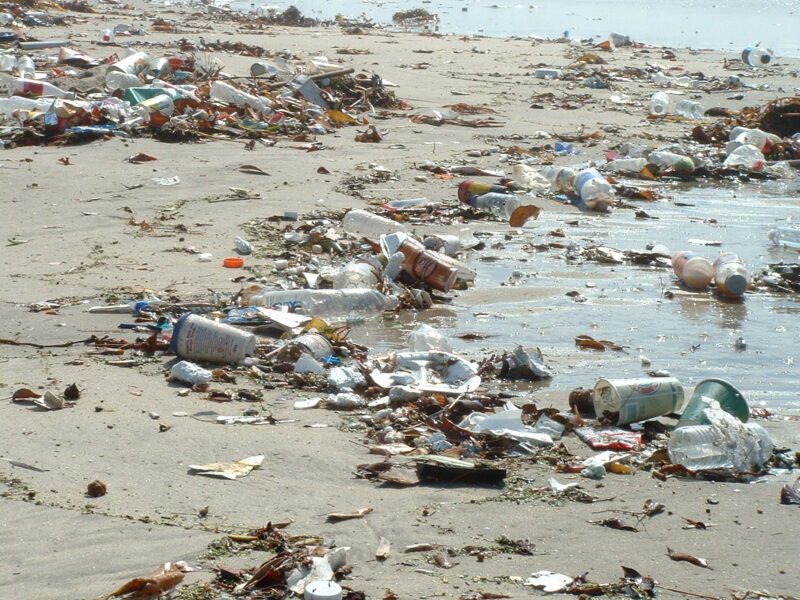
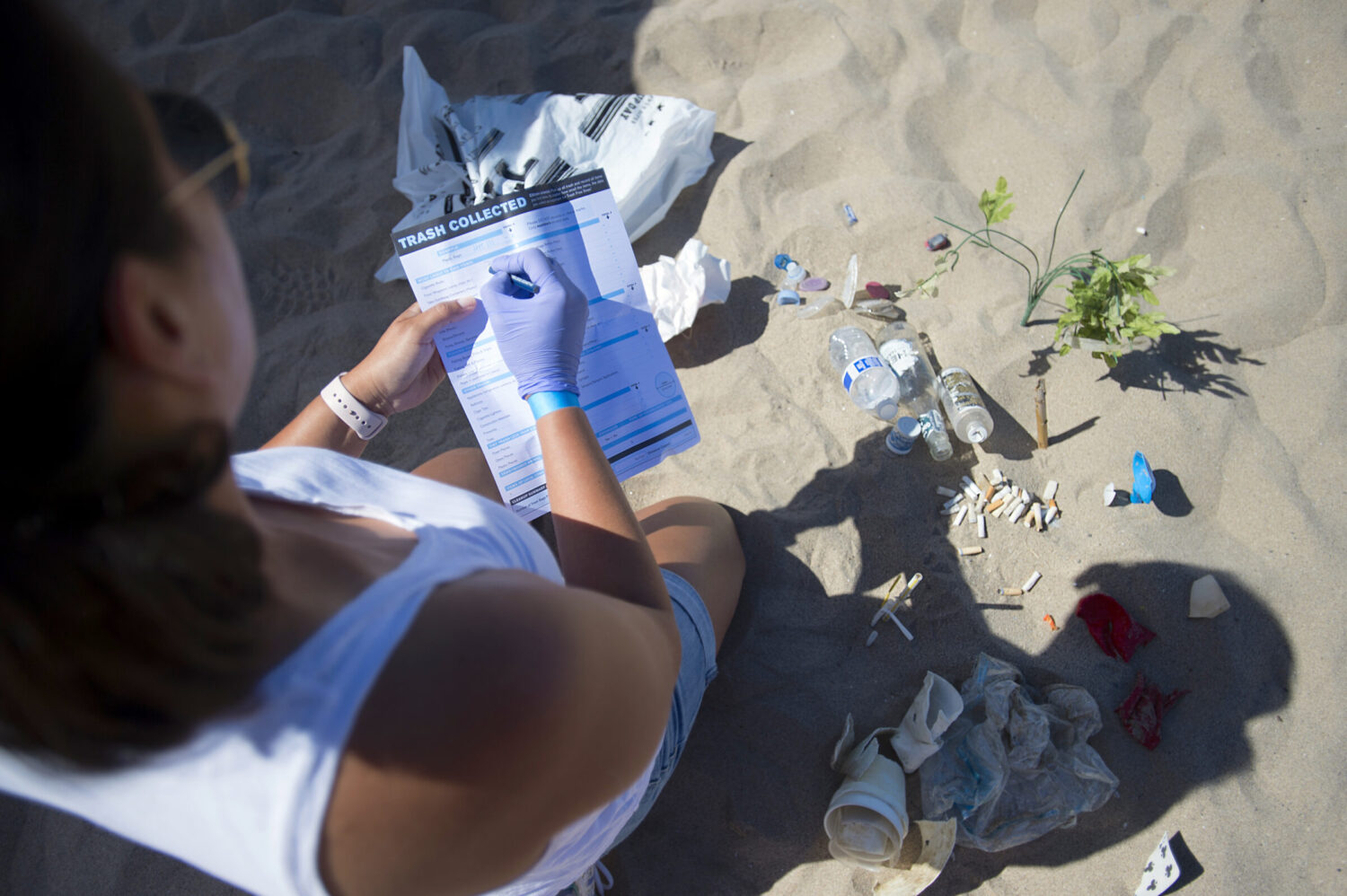
 Photo by Venice Paparazzi. Courtesy of Dockweiler Youth Center and LA County Dept of Beaches & Harbors.
Photo by Venice Paparazzi. Courtesy of Dockweiler Youth Center and LA County Dept of Beaches & Harbors.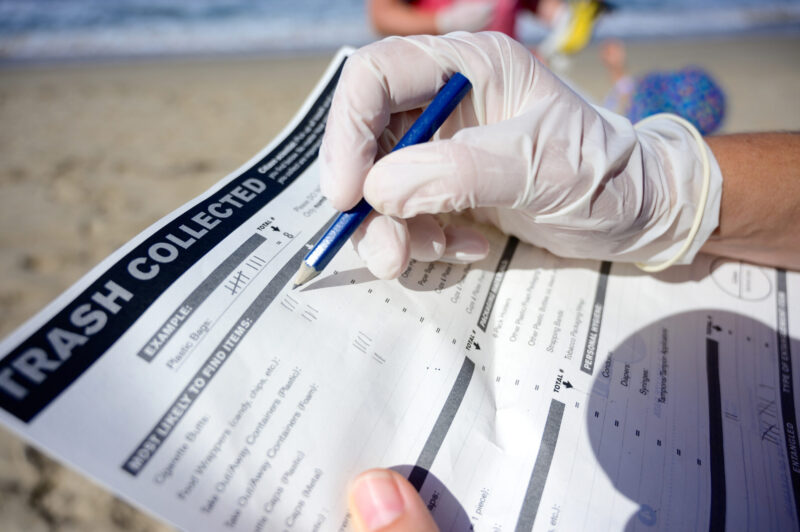 Remember, your observations could lead to the next breakthrough. Finding ways to take individual and community action makes the fight against pollution more effective. Thanks for tracking valuable debris data, and being a part of this amazing cleanup effort.
Remember, your observations could lead to the next breakthrough. Finding ways to take individual and community action makes the fight against pollution more effective. Thanks for tracking valuable debris data, and being a part of this amazing cleanup effort.